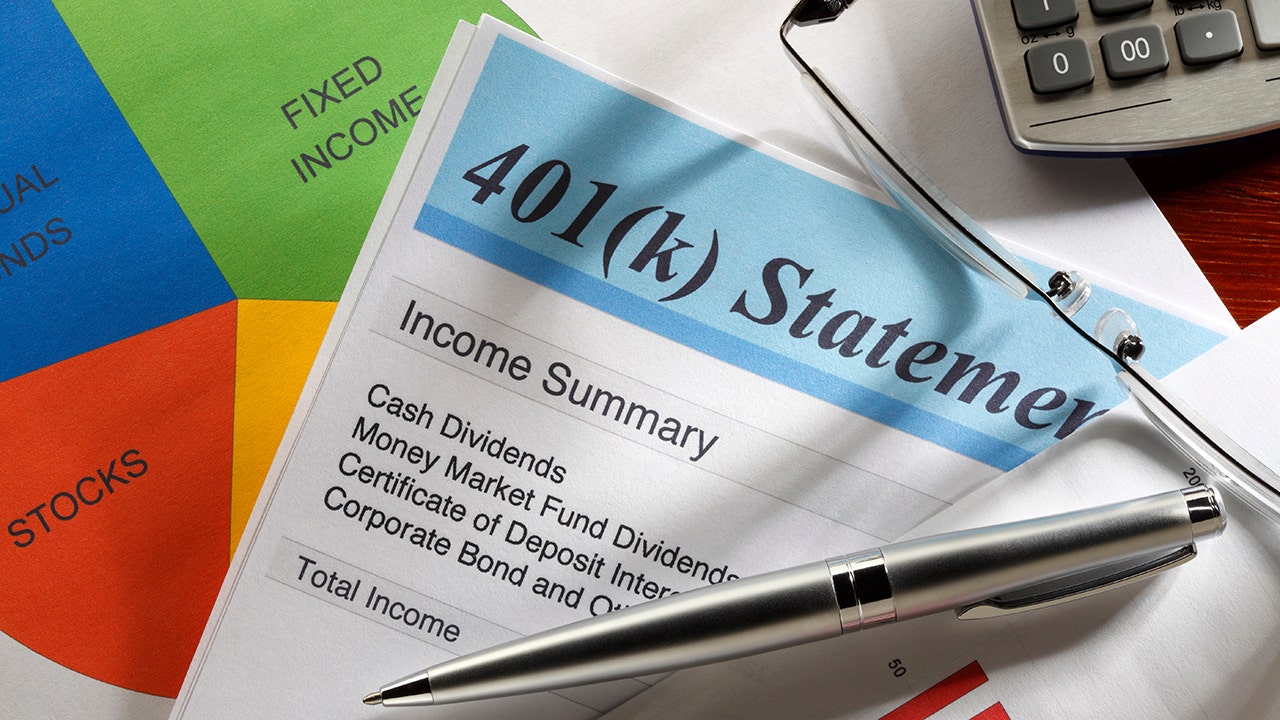The Internal Revenue Service (IRS) on Friday announced that it increased the amount that individuals can contribute to their 401(k) and other retirement plans to account for inflation.
Each year, the IRS reviews tax thresholds and limitations for various retirement accounts and considers making a cost-of-living adjustment based on the impact of inflation since the previous change occurred.
For the 2025 tax year, the IRS is increasing the annual contribution limit for 401(k) plans by $500 from the current limit of $23,000 in 2024 to $23,500 in 2024.
Those limits also apply to several other retirement plans and will undergo the same increase for the 2025 tax year, including 403(b) retirement plans, governmental 457 plans and the federal government’s Thrift Savings Plan.
IRS SETS NEW TAX BRACKETS, RAISES STANDARD DEDUCTION FOR 2025
The IRS also considers adjustments to the contribution limits for Individual Retirement Accounts (IRAs), including traditional and Roth IRAs. However, the IRS will hold the IRA annual contribution limits constant from 2024 to 2025 at $7,000. It’s also maintaining the IRA catch-up contribution limit for individuals aged 50 and over at $1,000 for 2025.
The catch-up contribution limit that applies to employees aged 50 and up enrolled in most 401(k), 403(b), governmental 457 plans and the Thrift Savings Plan will remain at $7,500 for 2025. Workers who are 50 and older can generally contribute up to $31,000 annually to those retirement plans starting in 2025 under changes made with the enactment of the SECURE 2.0 Act of 2022.
YELLEN TOUTS IRS ENFORCEMENT AS HELPING CLOSE THE BUDGET DEFICIT
That law also created a higher catch-up contribution limit for workers aged 60 to 63 who participate in those plans – which will be increased to $11,250 instead of $7,500 in 2025.
The IRS also adjusted the thresholds under which taxpayers can contribute to a traditional IRA and receive a tax deduction for their contribution.

For individual taxpayers who are also covered by a workplace retirement plan, the traditional IRA contribution tax deduction phase-out range is being increased to between $79,000 and $89,000 – up from $77,000 and $87,000. For married couples filing joint tax returns, the phase-out range rises to between $126,000 and $146,000, an increase of $3,000 from last year.
The income phase-out range for taxpayers who are contributing to a Roth IRA increased to between $150,000 and $165,000 for individuals and heads of households – up from between $146,000 and $161,000. For married couples filing jointly, the phase-out range rises by $6,000 to between $236,000 and $246,000.
The Saver’s Credit, also known as the Retirement Savings Contributions Credit, for low- and moderate-income workers is $39,500 for individuals, $79,000 for married couples filing jointly and $59,250 for heads of household.



